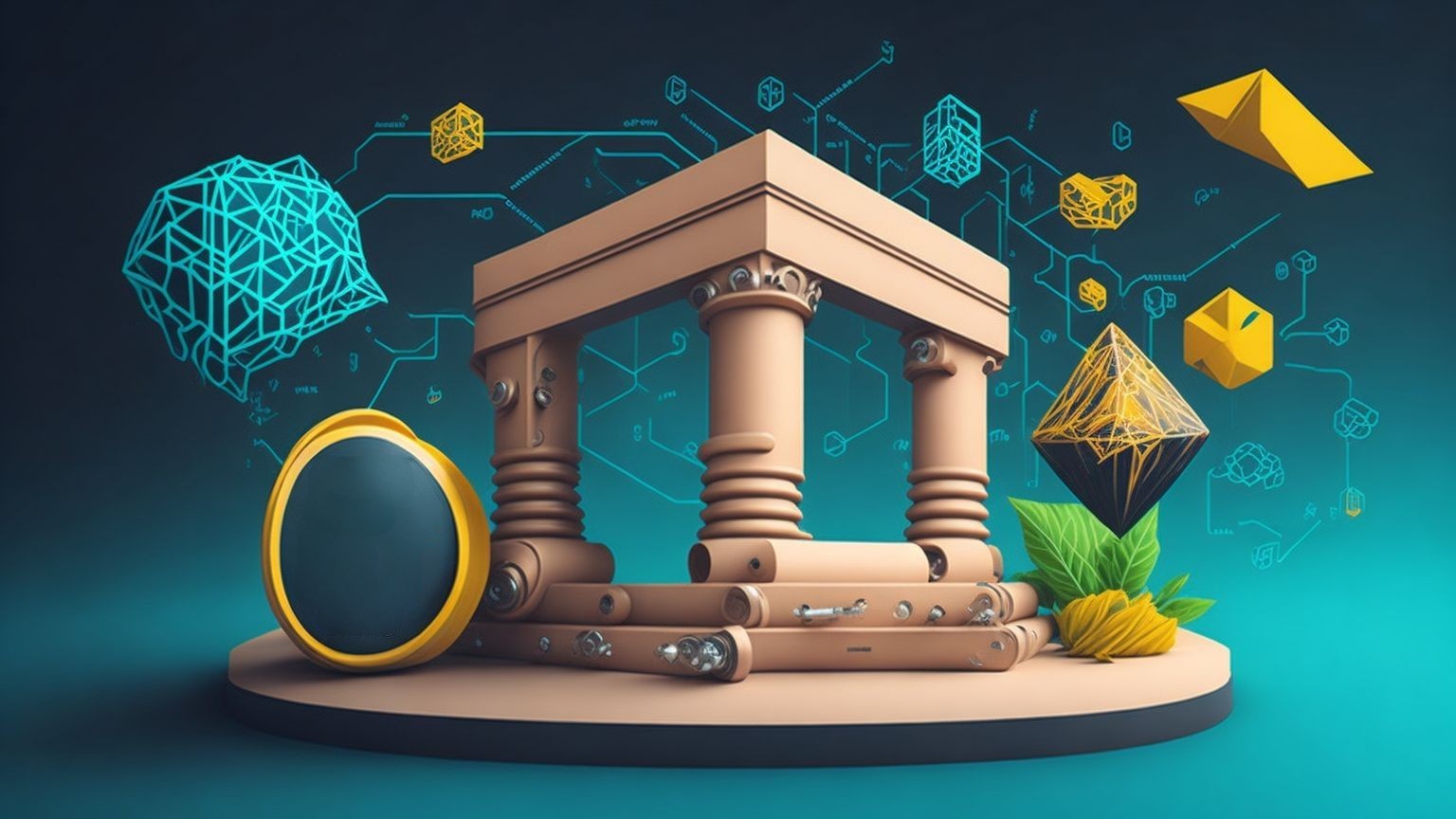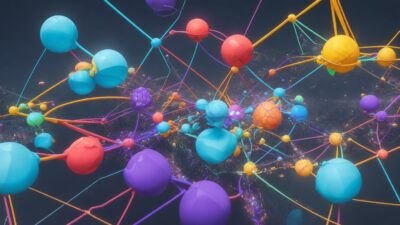NFT in Education: How Blockchain Technologies Can Transform the Learning Process

The recent surge in popularity of NFTs (non-fungible tokens) has led to their use in various sectors, including education. In this article, we explore how blockchain technologies and NFTs can change the learning process, improve efficiency, and create new opportunities for students, teachers, and educational institutions.
Key Aspects of NFT Use in Education
- Digital certificates and diplomas: NFTs can serve as the foundation for creating digital versions of educational documents, such as diplomas and certificates. This simplifies the process of storing, accessing, and transferring such documents while increasing their protection against forgery.
- Improved accessibility of educational materials: NFTs can be used to create unique, limited-release educational materials such as courses, videos, and articles. This enables authors and educational institutions to monetize their materials while giving students access to exclusive and valuable resources.
- Motivation and active participation of students: NFTs can be employed as tools to reward students for their achievements and accomplishments. They can become special prizes that students can collect, trade, or sell. This stimulates motivation and active participation in learning.
Additional benefits of using NFTs in education
- New opportunities for educational institutions: NFTs can help educational institutions and authors of educational materials find new sources of income. For example, they can sell unique educational materials or organize virtual events where access to specific spaces and additional features can be obtained through the purchase of NFTs.
- Verification and data transfer: NFTs ensure transparency and data reliability as they are based on blockchain technology. This facilitates the verification of educational achievements and qualifications, which is beneficial for employers during recruitment and educational institutions during student admissions.
- Global interaction and collaboration: NFTs can promote the globalization of education, as they allow students and teachers from different countries to interact, exchange knowledge, and experience. As a result, educational institutions can collaborate and create joint programs, providing students with access to international resources and opportunities.
Conclusion
NFTs and blockchain technologies offer a range of possibilities for transforming education. From improving the accessibility of educational materials and enhancing student motivation to creating new forms of international collaboration and fundraising for educational development. At the same time, potential challenges such as technical complexities, security, and data privacy concerns must be considered and addressed. However, with the right approach, the use of NFTs in education could become a significant step forward for the entire industry.




